Joshua Tree National Park
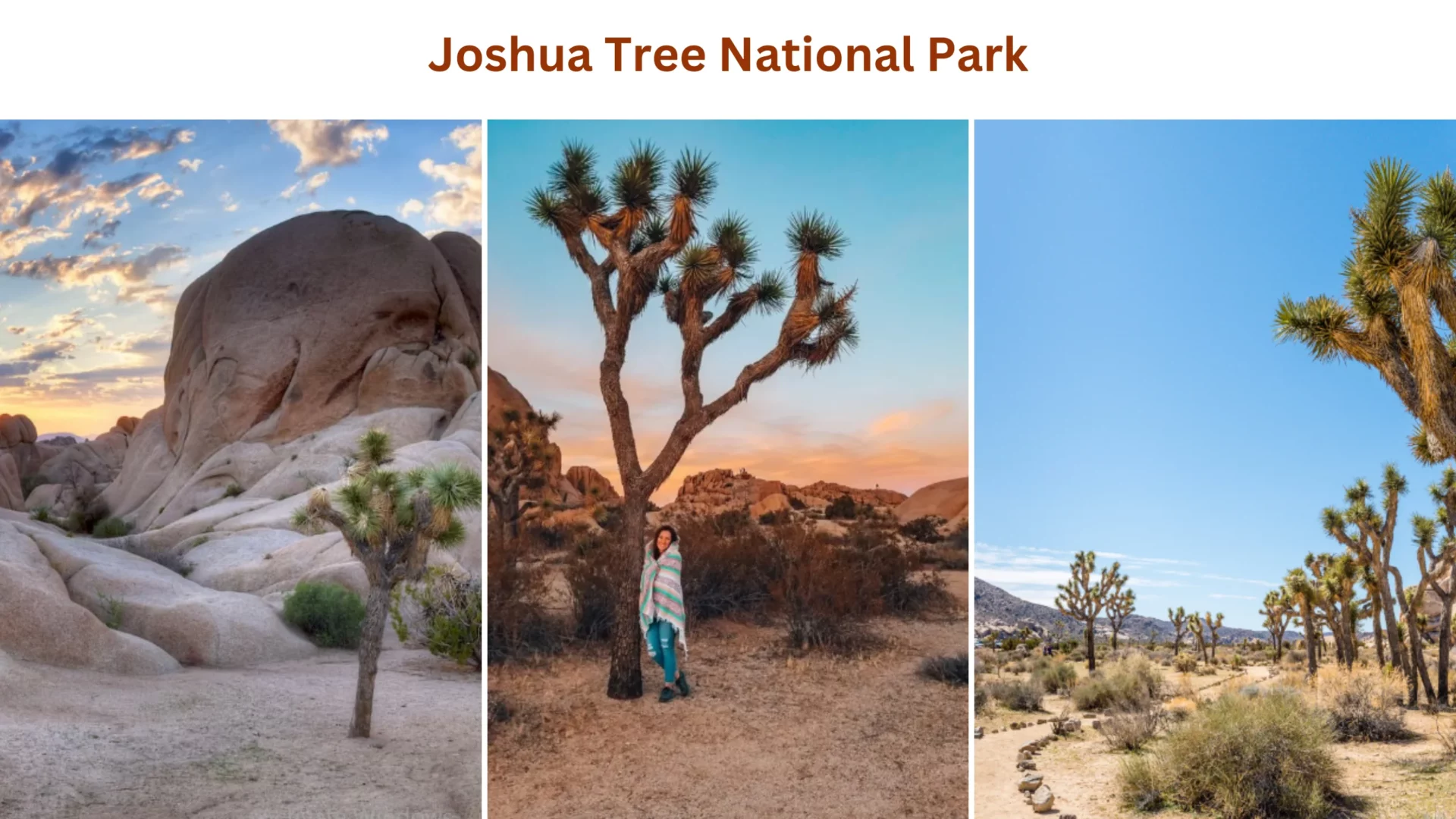
Joshua Tree National Park is almost 800,000 acres and has a lot of different things to do. It can seem cold and even cruel during the heat of summer, but in reality, it is very delicate and easily broken. It is a land where strong winds, sudden downpours, and extreme weather have formed. Rain is rare and hard to predict.
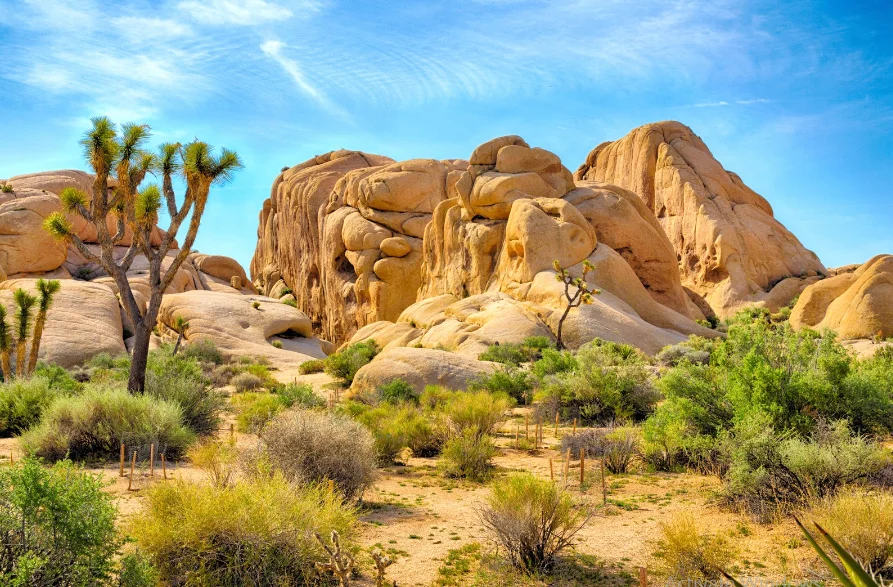
Most streambeds are dry, and there are few waterholes. If you look at this land in the summer, it might look like it has given up and died, but it is full of complex living systems just waiting for the right time to reproduce. The park has two deserts, each with a large ecosystem that is mostly defined by its height. Few places show the difference between high and low deserts and this one.
Camping At Joshua Tree National Park
Black Rock Canyon Campground
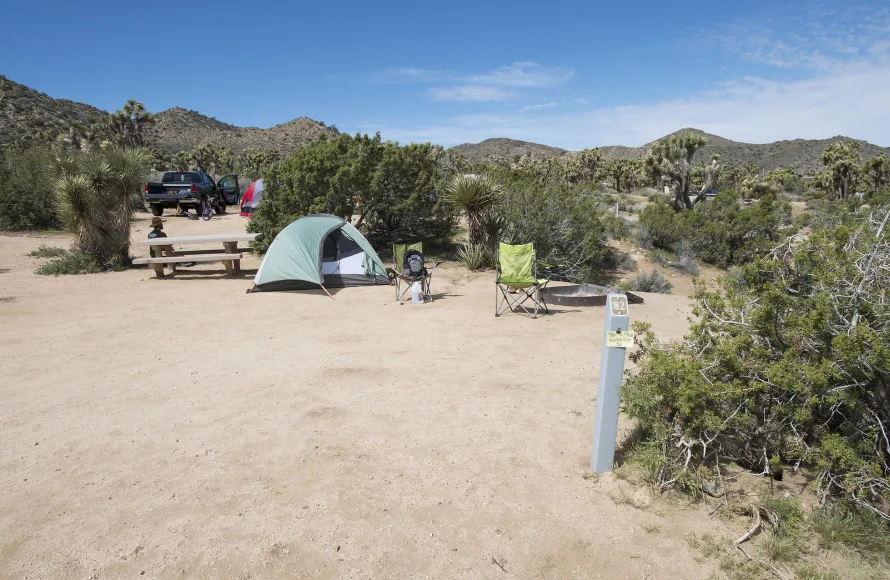

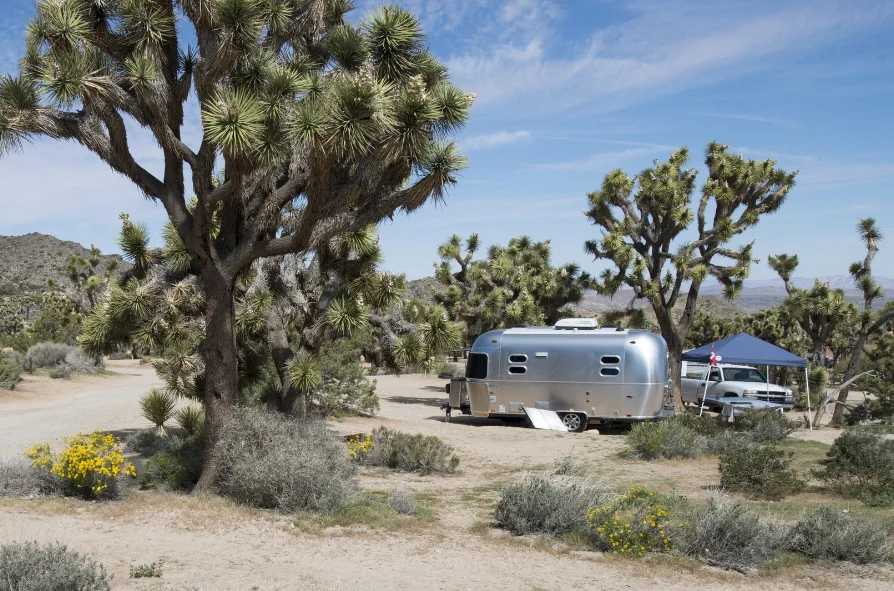

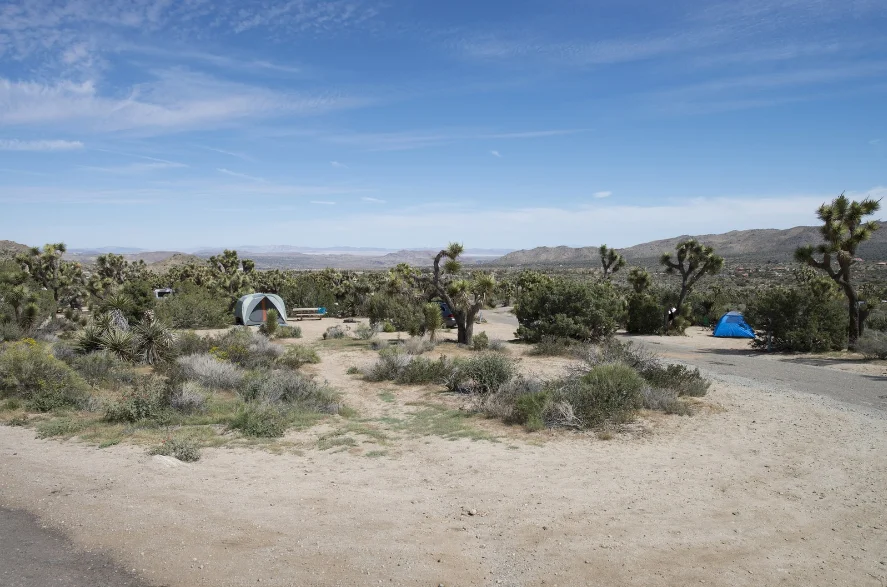
The Joshua tree forest surrounding Black Rock Campground in Joshua Tree National Park is particularly dense. Hikers, birdwatchers, equestrians, and RV campers use this area because of its proximity to the park’s northern boundary. Black Rock Campground is one of only four national parks requiring reservations for 12 months.
Cottonwood Campground
The Cottonwood Campground is a prime location for astronomy and wildflower viewing in Joshua Tree National Park. Its convenient location off Interstate 10 makes it a frequent pit stop for motorists. From October through May, Joshua Tree sees an influx of tourists searching for warm, dry weather, with daytime highs in the 70s to 90s and lows in the 60s and 40s. The park is closed during the summer months because of the extreme temperatures in the desert; however, reservations are required all year round.
Reservation at Indian Cove Campground
The Indian Cove Campground in Joshua Tree National Park is situated among the park’s famous massive rock formations. It’s a common campsite for rock climbers because it is close to so many different routes. Reservations are required at Indian Cove, as with three other campgrounds in the park.
Camping Site Reservations at Jumbo Rocks
The Jumbo Rocks Campground is situated within Joshua Tree National Park’s famous towering cliffs. It is a common camping spot for families with children due to its proximity to numerous rocks and rock formations. The park has four campgrounds, and Jumbo Rocks is one of them. Joshua Tree is a favourite winter vacation spot when daytime highs average in the 70s and lows in the 60s from October to May. Summer desert heat closes the park. Jumbo Rocks rises 4,380 feet.
Mountain of Quails
Joshua Tree National Park is not a place to go for mountainous landscapes. However, at over 5,800 feet in elevation, Quail Mountain is indeed a mountain. The fall season is ideal for climbing this mountain. It is quite hot in the summer, very windy in the winter, and rattlesnakes emerge in the spring. Although there are numerous kinds of trees and bushes here, there is not much more in the way of animals.
Lightpainting At Joshua Tree National Park
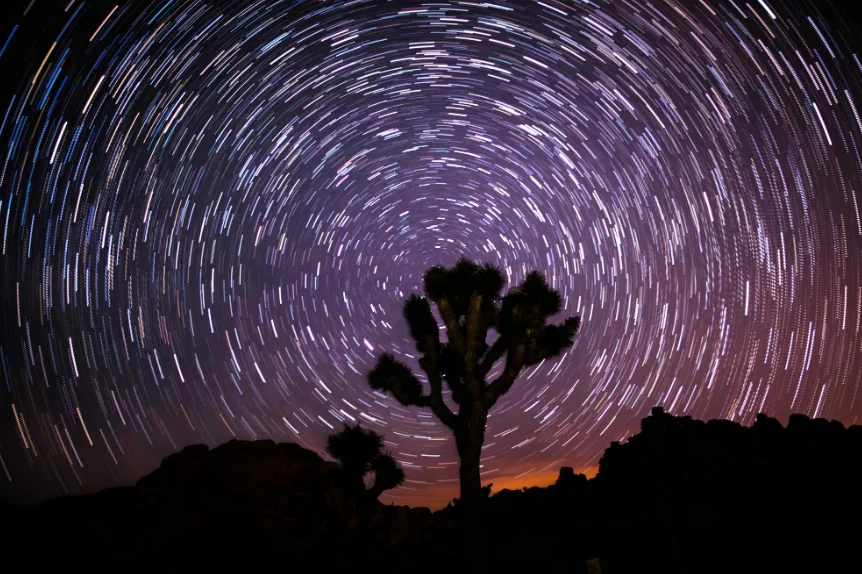
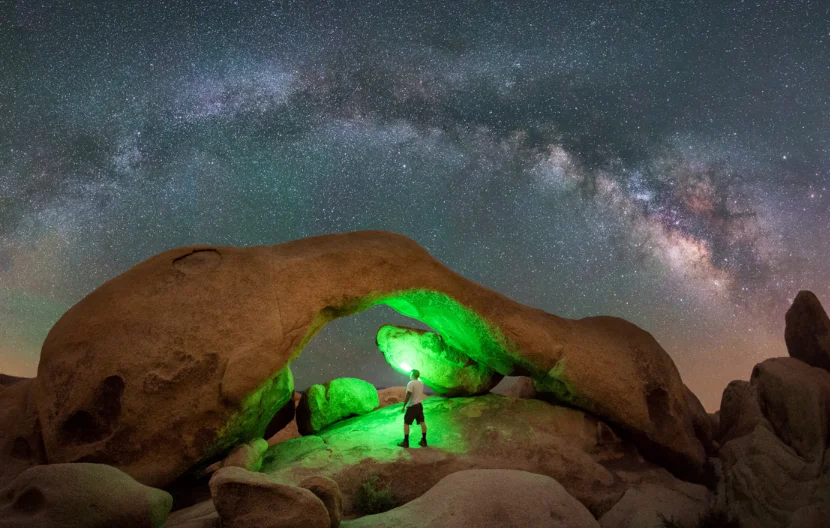

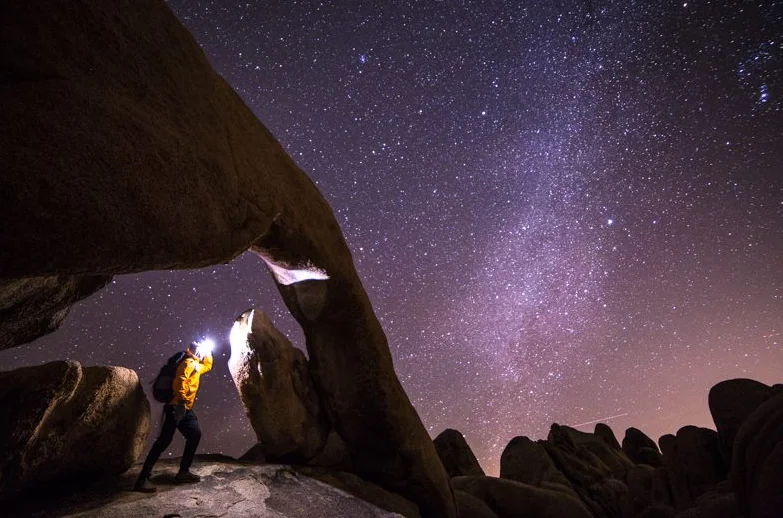

It is a novel way to enjoy a night under the stars in Joshua Tree National Park’s desert and is sure to be an unforgettable experience. A camera and a flashlight will do the trick. The best way to capture the desert at night is to use a tripod and take long exposure photographs while rapidly sweeping a flashlight across the landscape. You can get creative and use the rocks and Joshua trees in the background to spell out names or draw attention to other features. However, avoid highlighting any living things.
Address: California, United States
Open: 24 hours
Phone: +1 760-367-5500
Visitors: 2,399,542 (in 2020)
Area: 3,218 km²
Established: October 31, 1994
Management: National Park Service
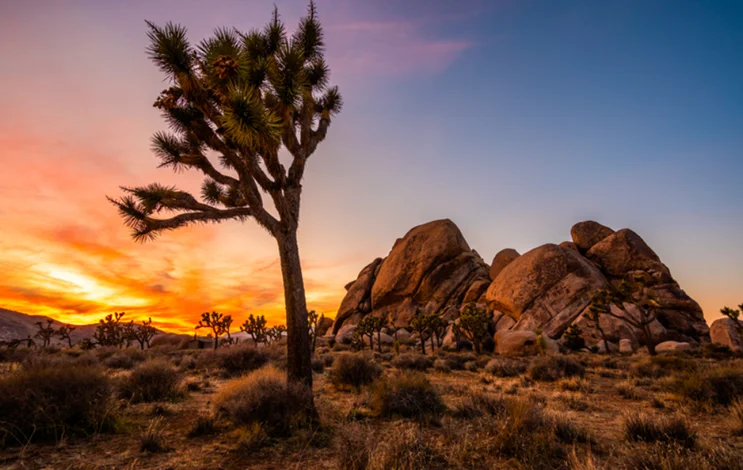

You must be logged in to post a comment.